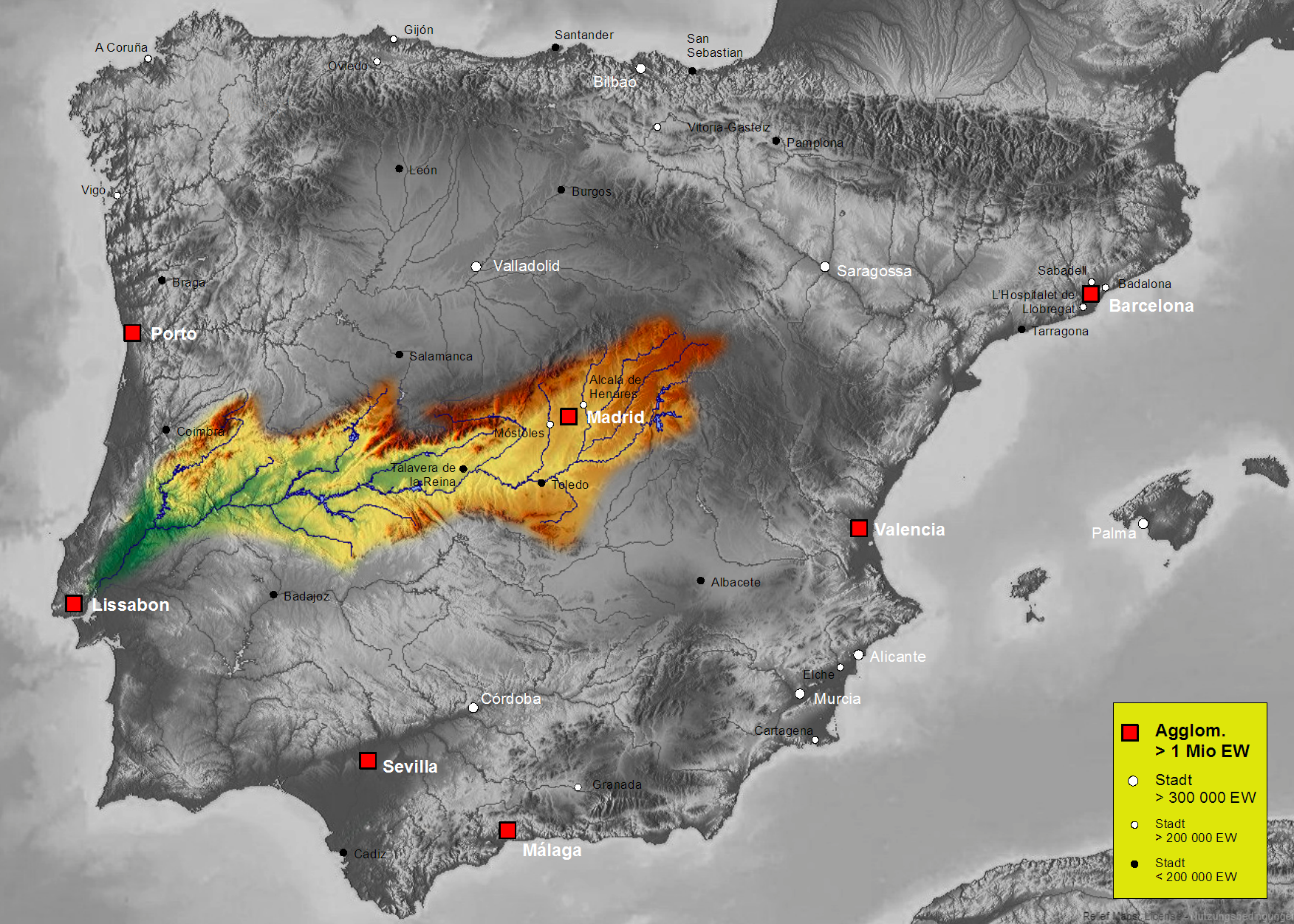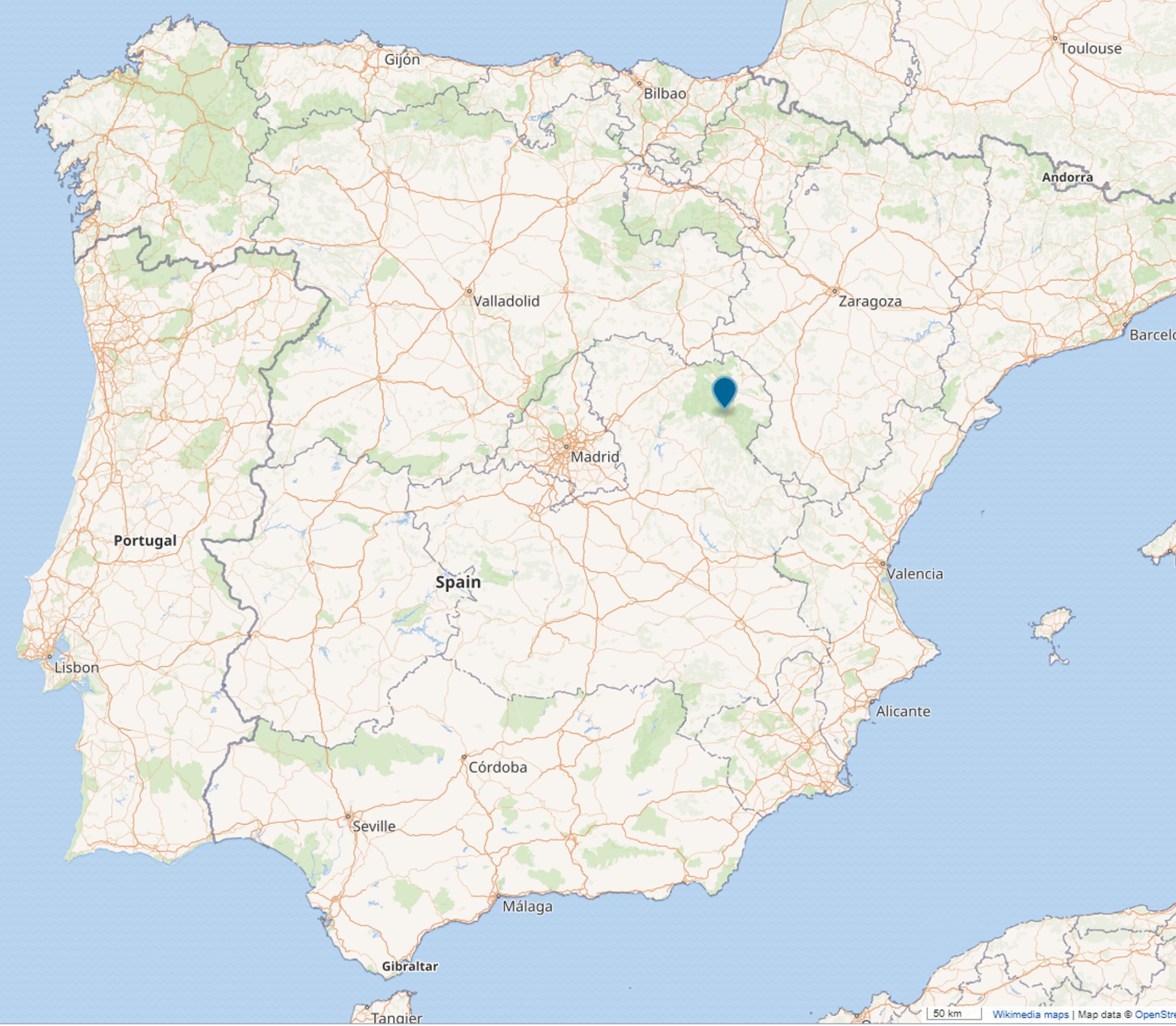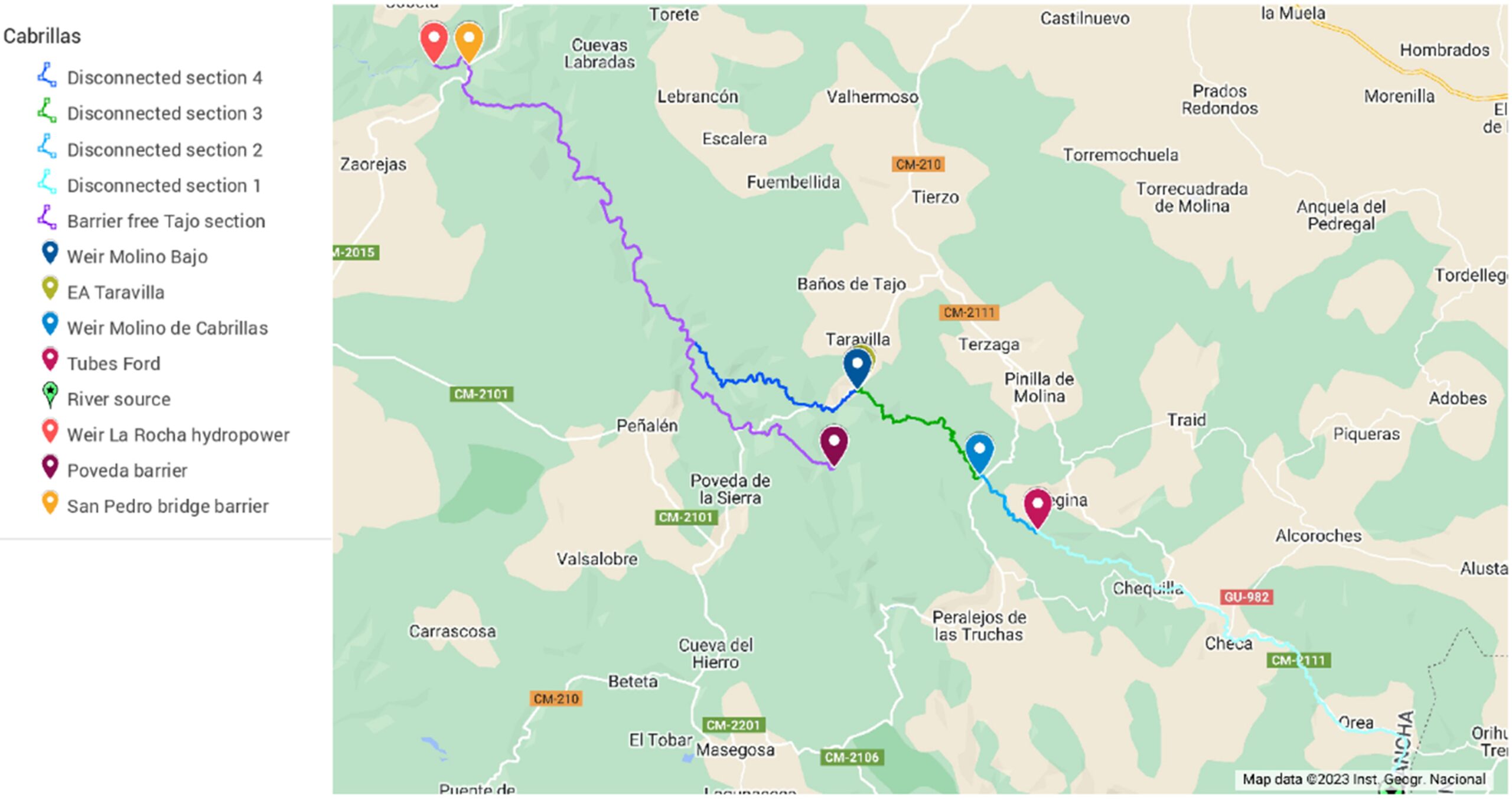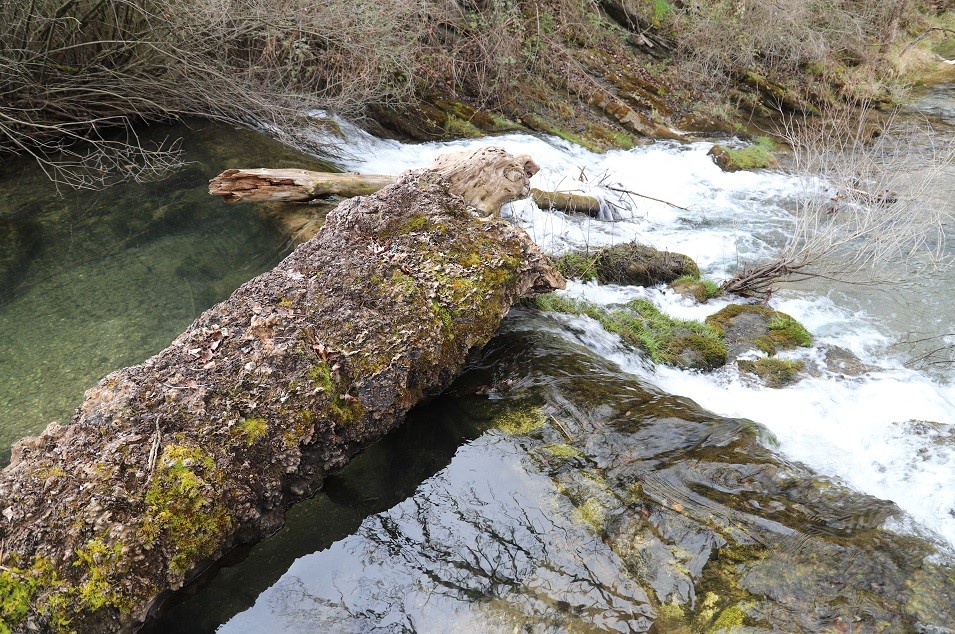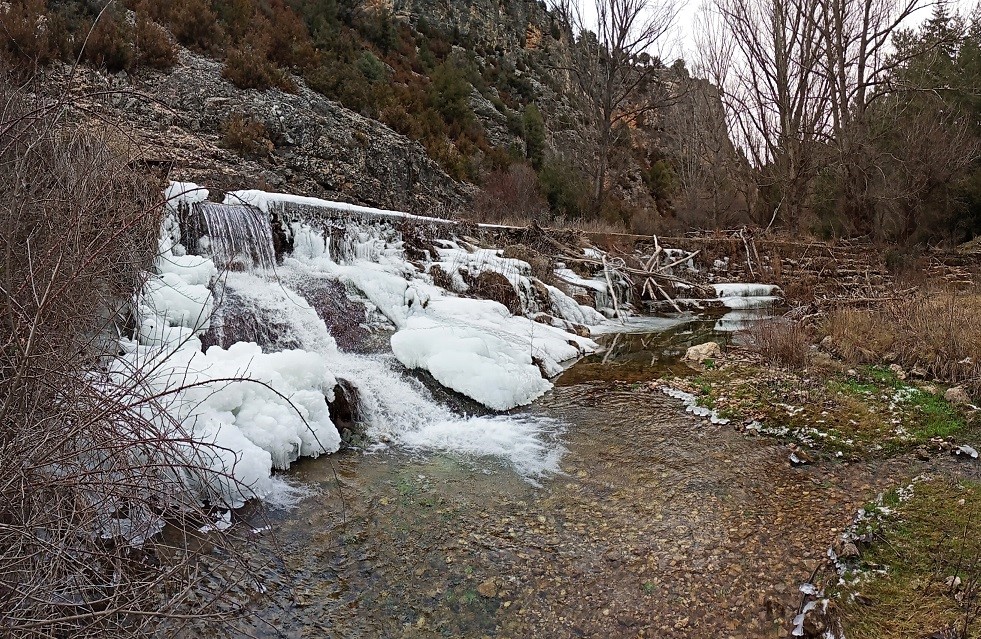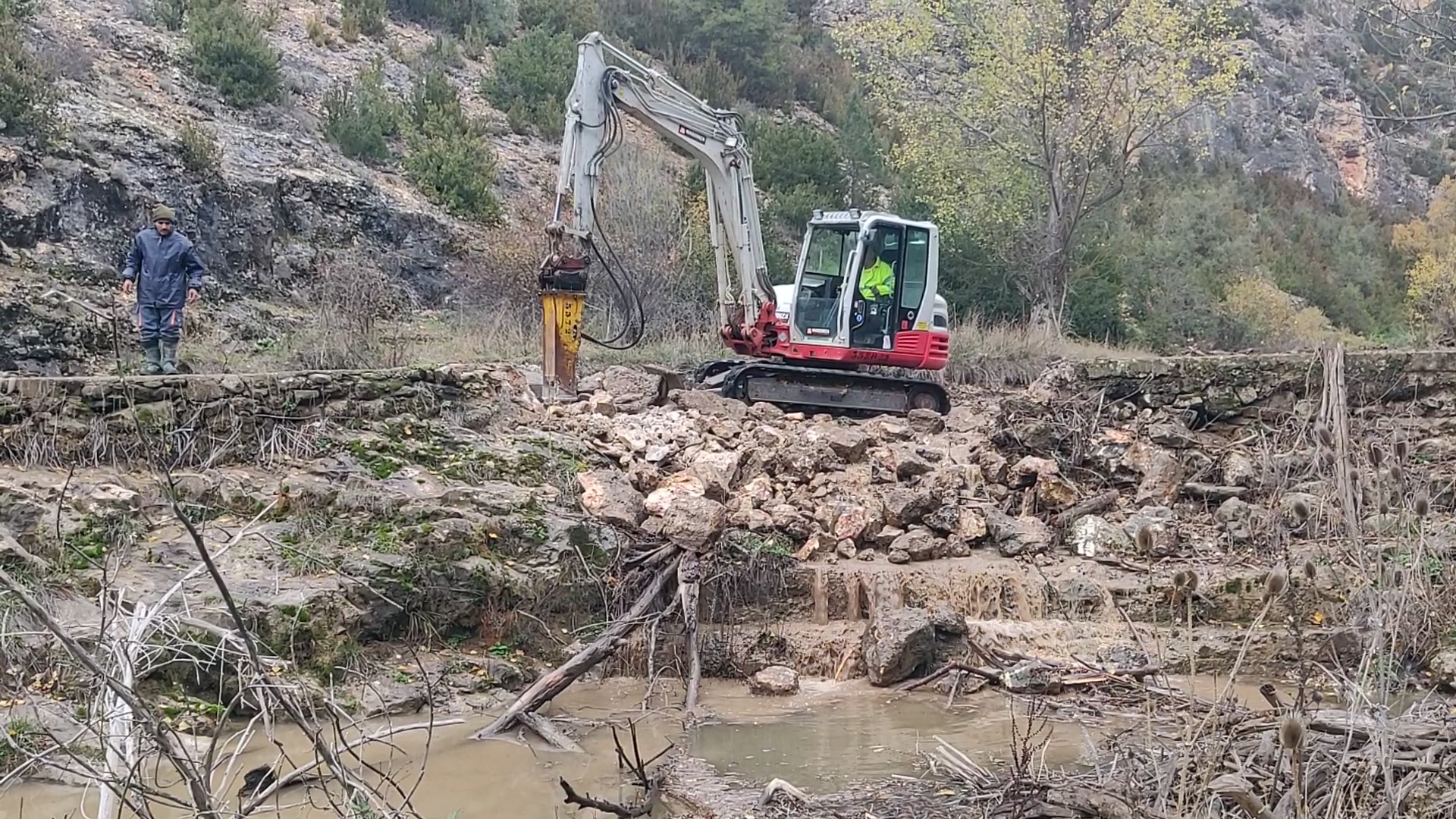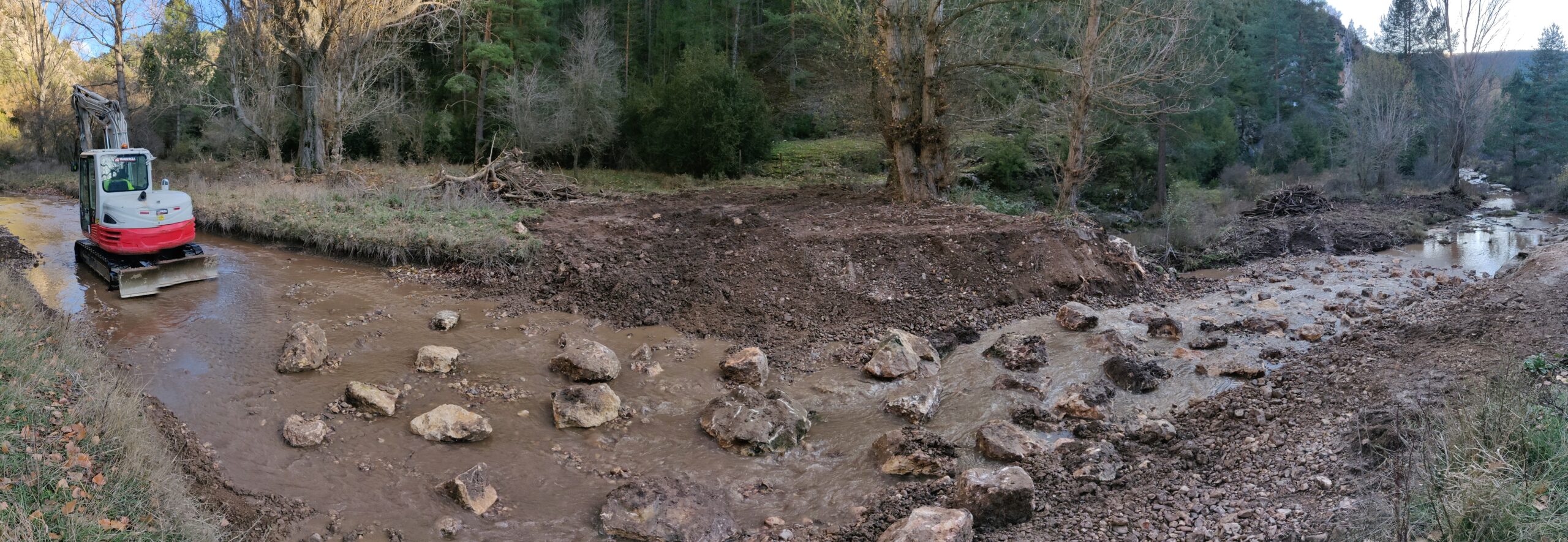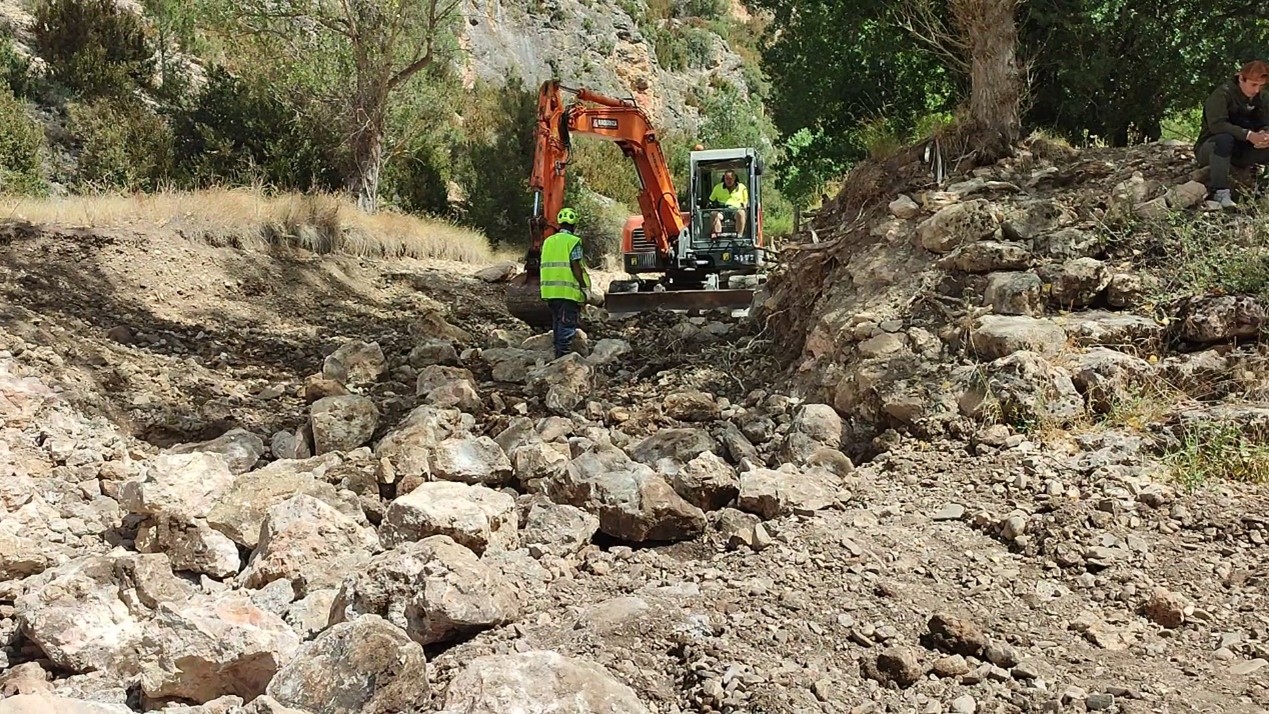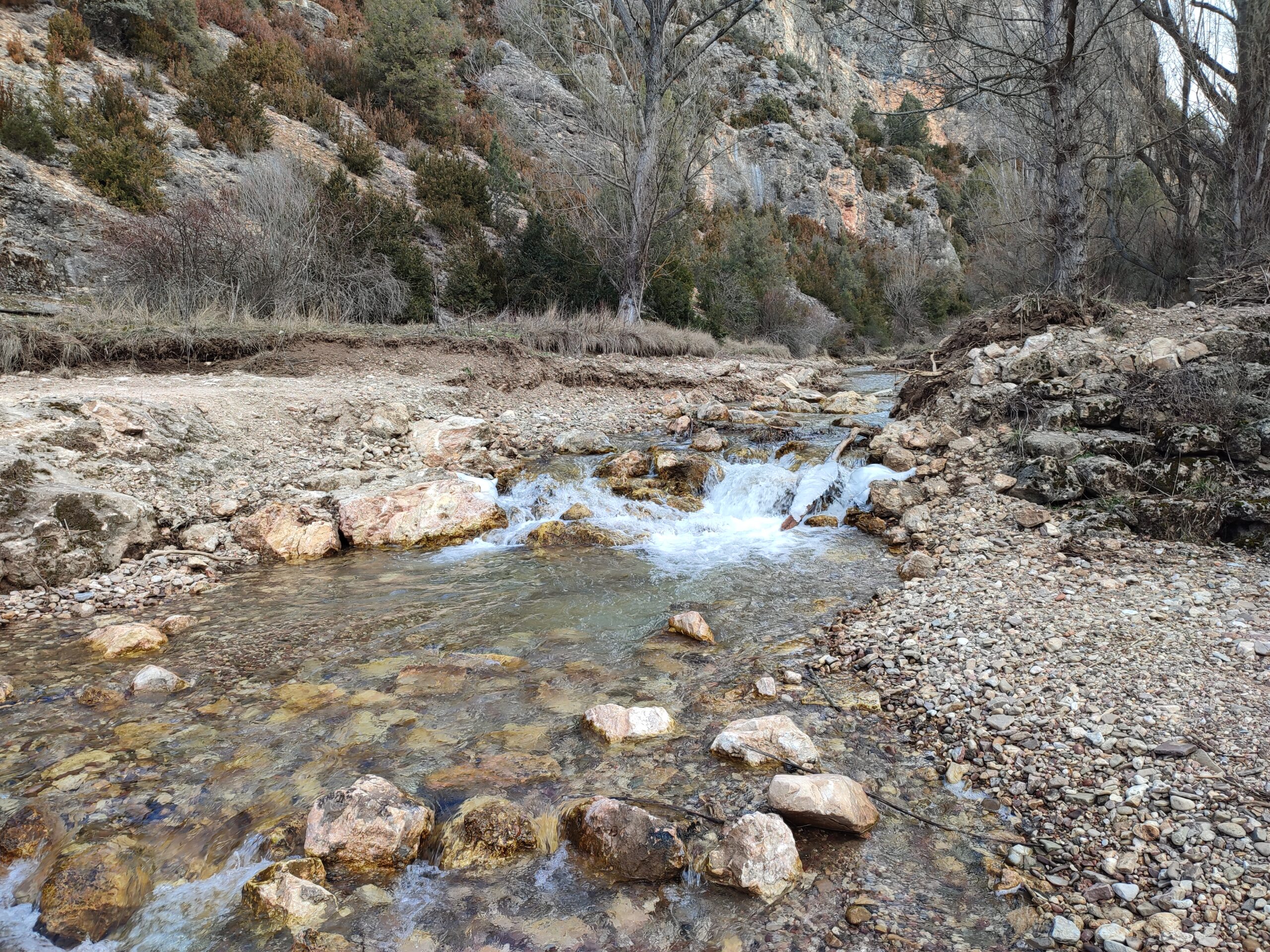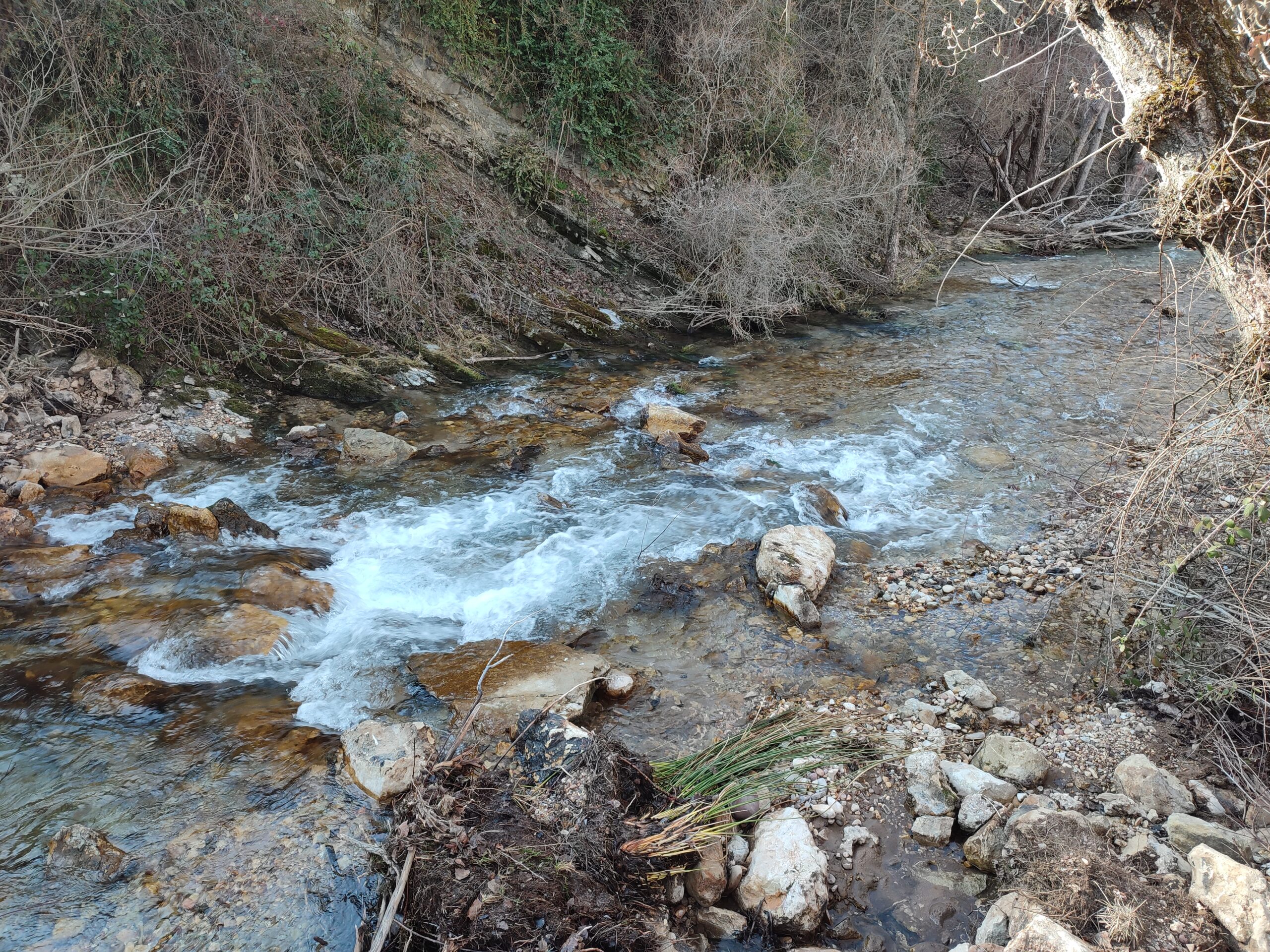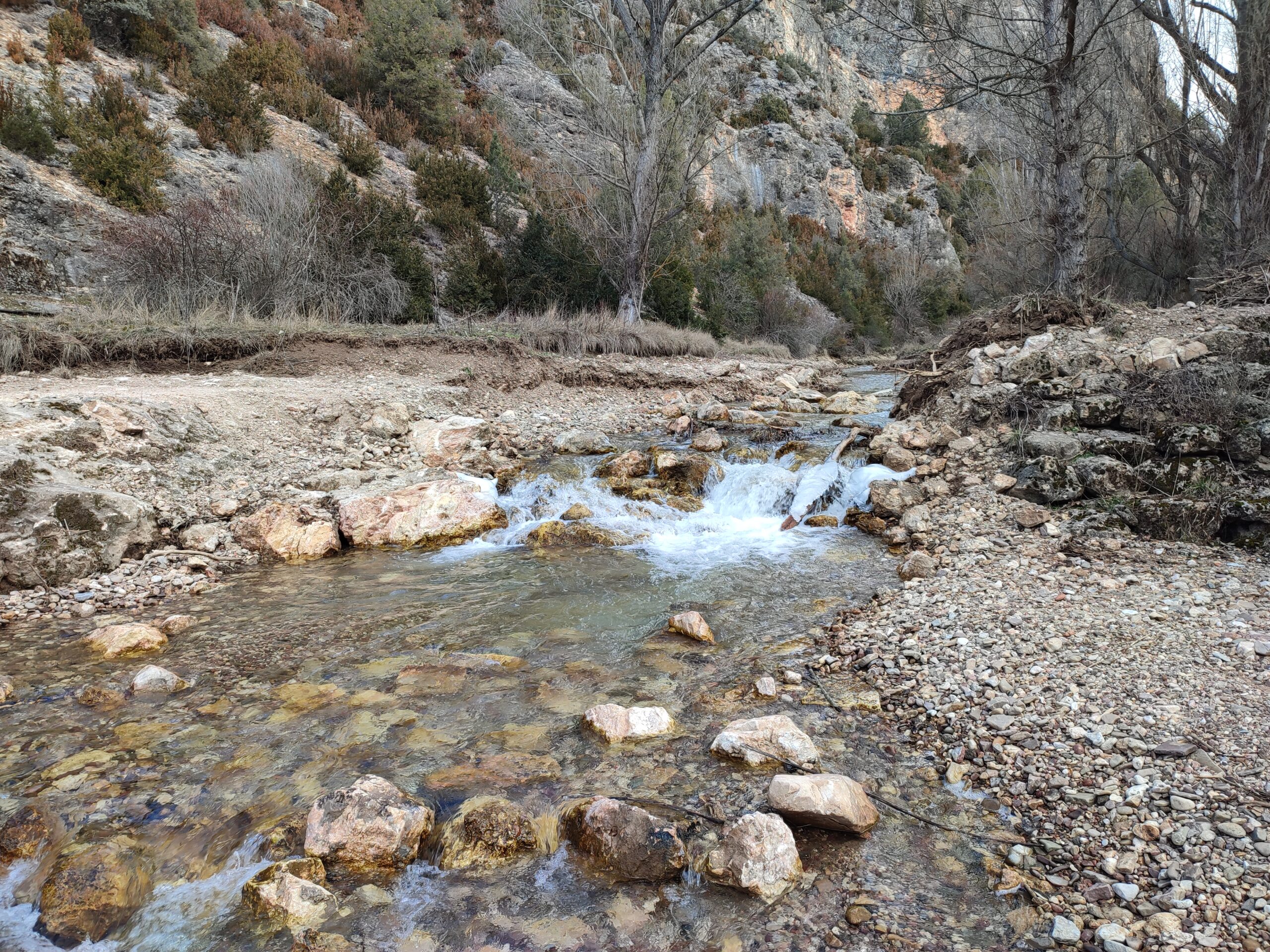Molino Bajo and Molino del Cabrillas weir removals: An awarded project to restore River Cabrillas
The Tagus basin
The Tagus basin is the drainage basin of River Tagus, which flows through the Iberian Peninsula to the west and runs into the Atlantic Ocean next to Lisbon (Figure 1). It is one of the great Spanish hydrographic demarcations and extends to several regions, including Aragon, Castilla-La Mancha, Madrid, Castilla y León, and Extremadura. With an area of 55,781 km2, it is the third largest basin in the Iberian Peninsula in both total surface area and water flow, after the Ebro and Duero basins. The Tagus basin is the most populated basin in Spain and the Iberian Peninsula, with nearly 7.9 million people live within its borders. The main tributaries of River Tagus, both in basin area, length and flow are the Tajuña, Alagón, Jarama, Alberche, Tiétar, Henares or Guadarrama rivers.


